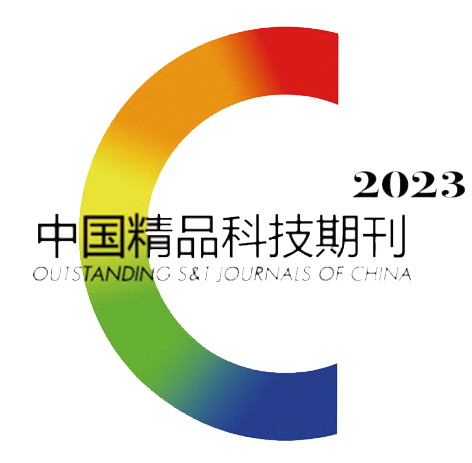Optimization of Cellulase Extraction Process of Crude Polysaccharide from Semen Cassiae and Study on Its Antioxidant Activity
-
Abstract
Objective: To optimize the cellulase extraction process of crude polysaccharide from Semen Cassiae and study its antioxidant activity in vitro. Methods: On the basis of single factor test results, Box-Behnken response surface methodology was used to optimize the extraction process of crude polysaccharide from Semen Cassiae with enzymolysis time, enzymolysis temperature, enzyme dosage, liquid-to-material ratio and enzymolysis pH as independent variables, and the yield of polysaccharide as response value. DPPH radical and hydroxyl radical scavenging rates were used to investigate the antioxidant activities of crude polysaccharides from Semen Cassiae in vitro. Results: The optimal cellulase extraction conditions of crude polysaccharide from Semen Cassiae were as follows: Enzyme dosage was 1.4%, enzymolysis time was 50 min, liquid-to-material ratio was 24:1 mL/g, enzymolysis pH was 5.4, and enzymolysis temperature was 48 ℃. Under these conditions, the yield of polysaccharide from Semen Cassiae was 11.67%, and the theoretical prediction value of regression model was 11.91%, the error between the two conditions was less than 5%. Crude polysaccharide from Semen Cassiae had strong scavenging effects on DPPH free radical and hydroxyl free radical, with median inhibitory concentrations of 1.025 mg/mL and 0.894 mg/mL, respectively. Conclusion: Cellulase enzymatic method can significantly improve the yield of crude polysaccharide from Semen Cassiae, the process is simple and feasible, and the crude polysaccharide obtained from Semen Cassiae has antioxidant activity in vitro.
-

-





 DownLoad:
DownLoad: